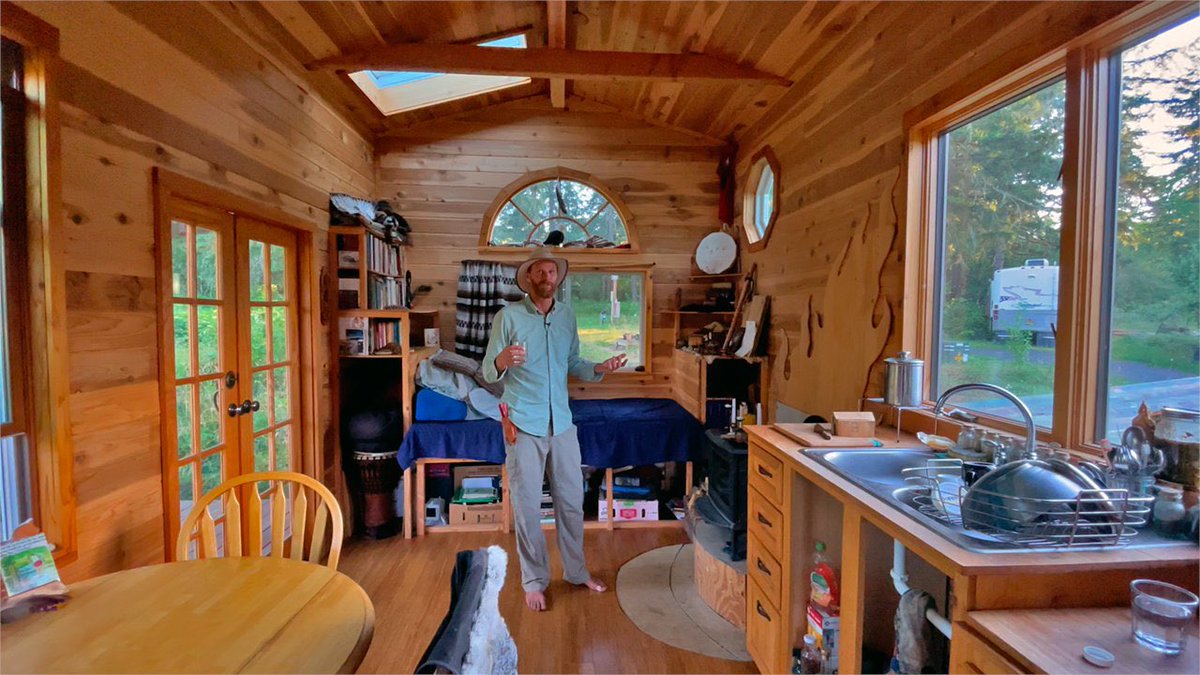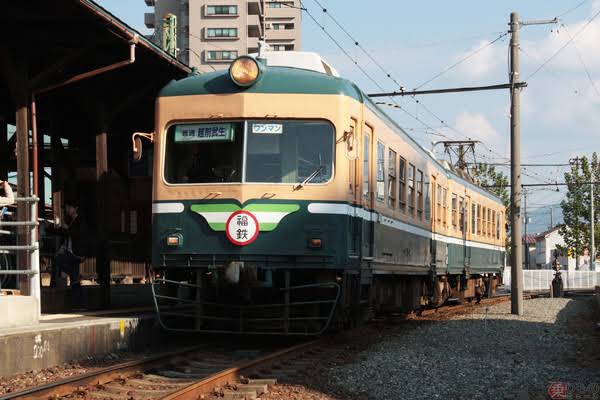
Great video about an Oregon permaculture eco-village project to turn 86 acres of spruce plantation back into an oak savannah. Keep in mind that the population density here is similar to that of a modern U.S. suburb! By @faircompanies and @kirstendirksen faircompanies.com/videos/wastela… 







Many thoughts while watching this: no electricity in his tiny home. "Makes refrigeration difficult." I remember life without refrigeration, it made a modern diet difficult (ice, milk, some condiments etc.) but we relied more on a traditional diet of preserved or fermented food. 







Fox walking. What a great idea! And his words about connecting feet to soil is absolutely true. Our feet touch, a sense just like sight or smell. With thick sneakers we lose so much information. Like walking around with ear plugs. For cities, wear thin sole leather shoes. 

Education! The man's knowledge is impressive: he reads his environment, he know the behavior of animals, he can name the trees and herbs in any number of languages. Any stroll becomes like a virtual reality event, like those cyberpunk movies where things are labeled. But IRL. 

• • •
Missing some Tweet in this thread? You can try to
force a refresh
















